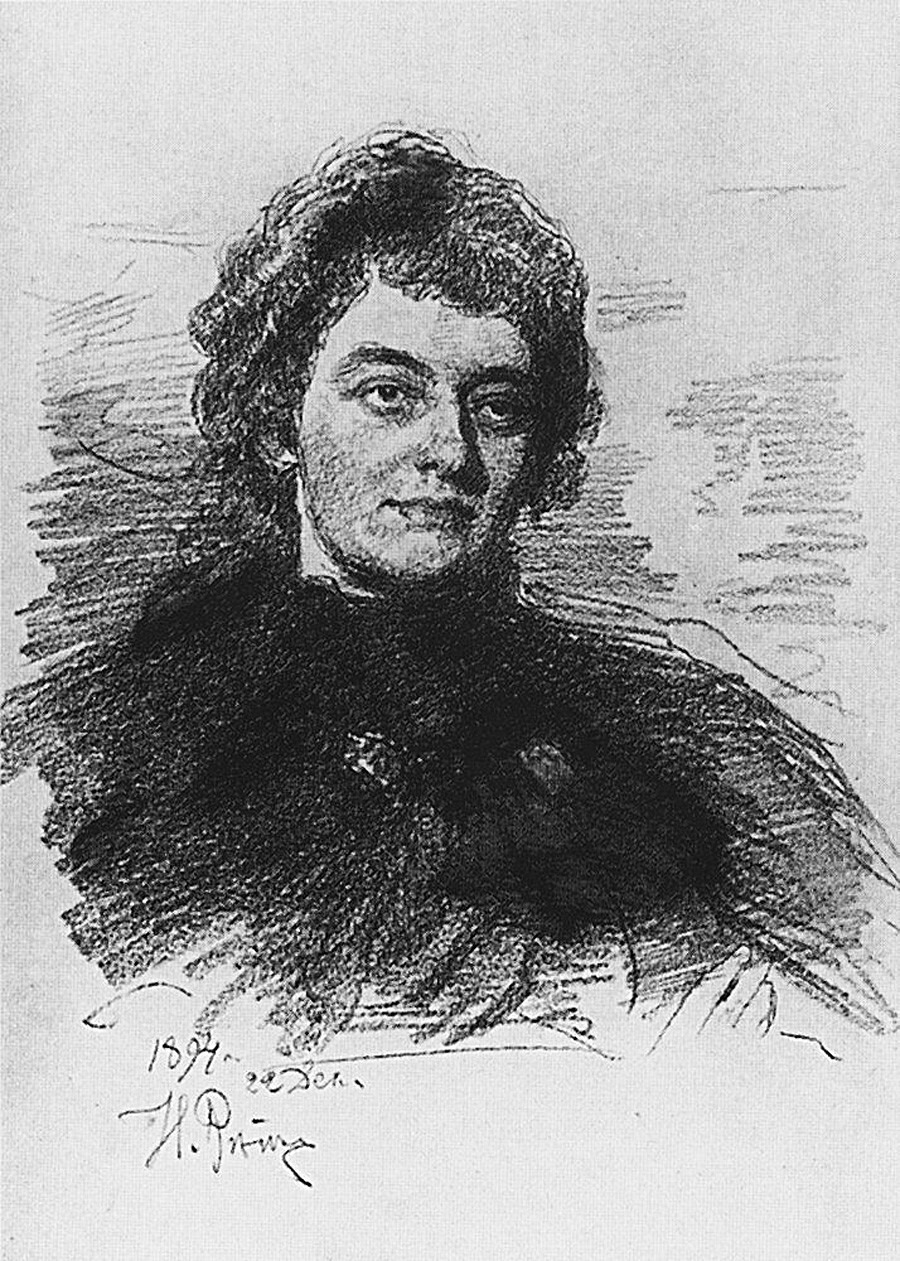For Savannah Whaley
Zinaida Guipius She was an eminent and important Russian poet, prose writer, and critic. Her poetic and cultural influence on her went hand in hand with her refusal to conform to prescribed notions of femininity. She admired by writers like Virginia Woolf Y gertrude stein, Guipius was a central figure in the established cultural elite of his day, despite being highly subversive. However, today, in Westis practically forgotten.
INNOVATIVE AND INFLUENTIAL
Portrait of Guipius by Ilya Repin1894. Isaak Izrailevich Brodsky Plan Museum, St. Petersburg.
Born in Belyov, tulla (112 miles south of Moscow), on November 20, 1869, Guipius began writing poetry at an early age. He moved to St. Petersburg in 1889 after marrying Dmitri Merezhkovsky, who was a major poet, writer, and literary critic in his own right. The couple soon became key figures in Saint Petersburg’s literary elite, hosting illustrious gatherings and meeting the likes of Maxim Gorky, Anton Chekhov Y lev tolstoy.
Following the October Revolution of 1917 and the subsequent civil war, Guipius and Merezhkovsky joined the exodus of many leading writers, philosophers, and statesmen from Russiamoving to Paris in 1919. They held famous Sunday salons in which Guipius served as the authoritative leader, presenting confrontational issues for discussion and directing the polemics. In 1927 she organized the first meeting of the Zelenaia Lampa (the green lamp), considered one of the most important and scholarly of the many emigrant literary groups of the time.
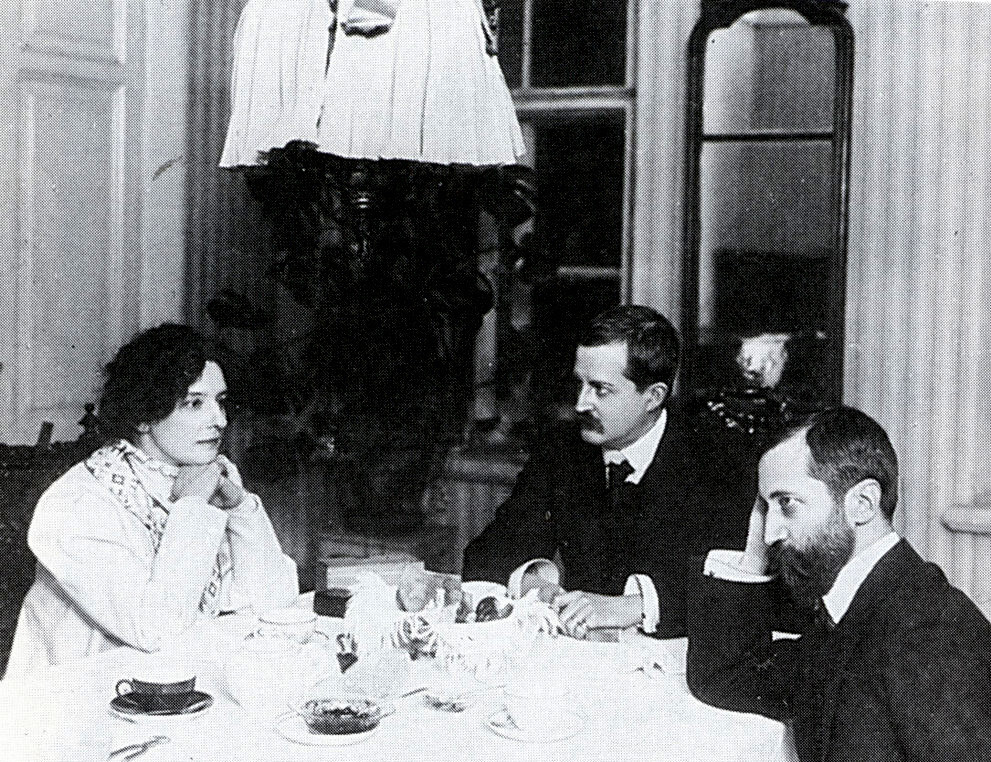


Guipius, Filosofov and Merezhkovsky in 1920. Archive photo
Guipius was an innovative poet who stood firmly at the heart of the first wave of Russian Symbolism, and many later Symbolist poets based their technique on her experiments with rhyme and meter. Symbolist writers saw the written word as a means of apprehending an infinite and transcendental truth, and Guipius played with decadent motifs and themes of the sacred and the profane.
He formulated an ideology according to which “art should materialize only in the spiritual”, and his spirituality (like many other aspects of his life) was unconventional and linked to a search for spiritual freedom. “My soul is naked, stripped down to the purest nakedness,” he wrote in his 1905 poem The wedding ring: He has escaped, he has transcended all his limits!
CHALLENGING GENDER NORMS
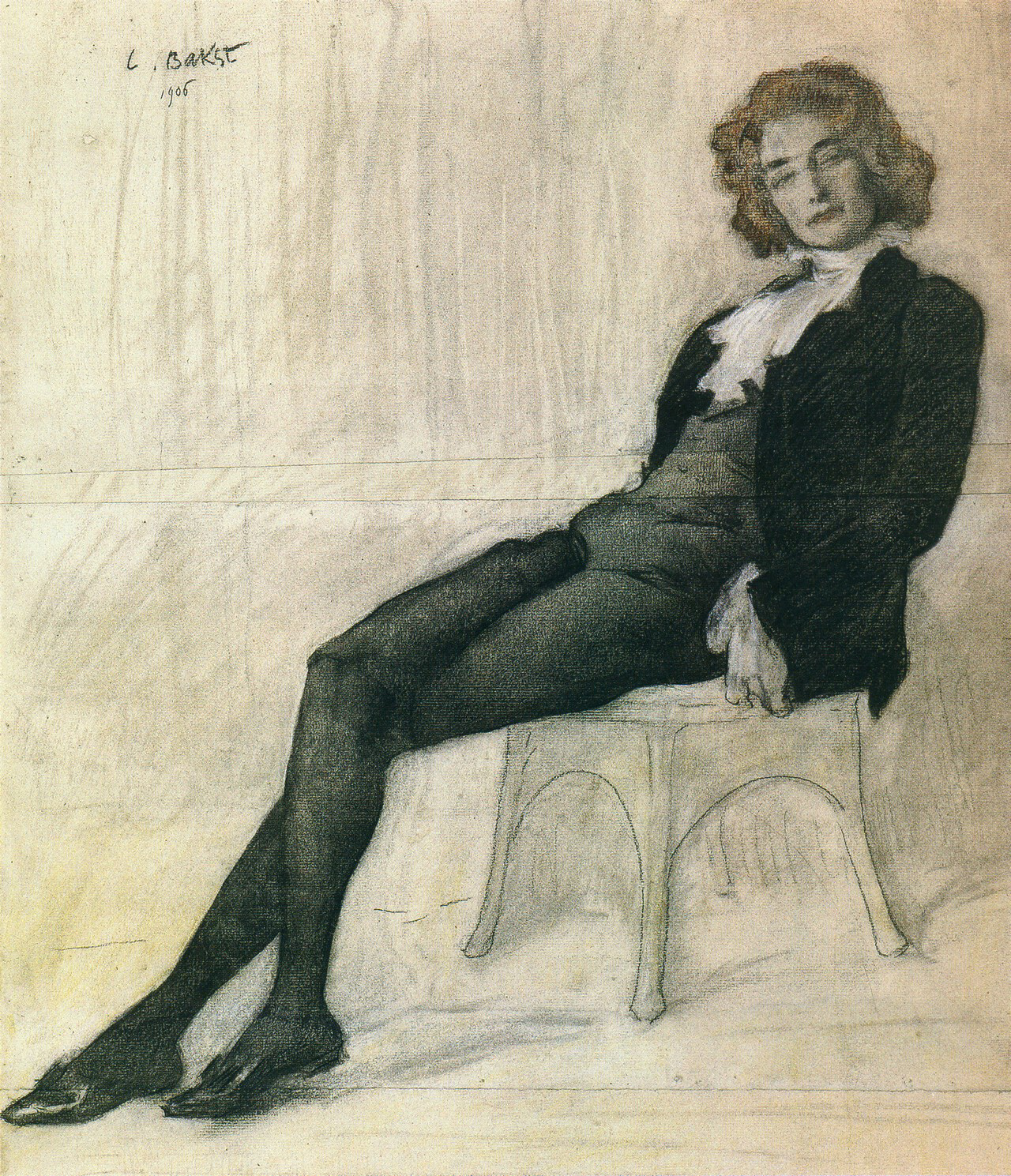


Portrait of Guipius by Leon Bakst1906. Tretyakov Gallery
Poetry was also a space in which Guipius could escape gender expectations. Ella often adopted a masculine character in her work, and was criticized for using masculine verb endings and personal pronouns. In response, she stated that she wanted to “write poetry not just as a woman, but as a human being.”
Guipius treated his life as an art and used it as another means to explore his creative philosophy. Outside her circle she was reputed to be a “decadent Madonna” and was compared to the devil. She did nothing to contradict these labels, associating herself with the Gothic figure of the spider and using decadent motifs and imagery throughout her poetry:
The silk burns in flames,
He then turns into a pool of blood;
“Love” is our miserable word
For the blood that language cannot name.
(Seamstress1901)
Guipius’s personal style was as elaborate as it was subversive. He sometimes wore ostentatiously feminine dresses that many around him considered “inappropriate”, giving an image and attitude that parodied conventional conceptions of femininity. Andrei Belione of the most important Russian symbolists, described her as “a wasp of human size”, going so far as to say that “a bundle of distended red hair… concealed a small and lopsided face… the charm of her bony, hipless skeleton was reminiscent of a a communicant skillfully captivating Satan.”
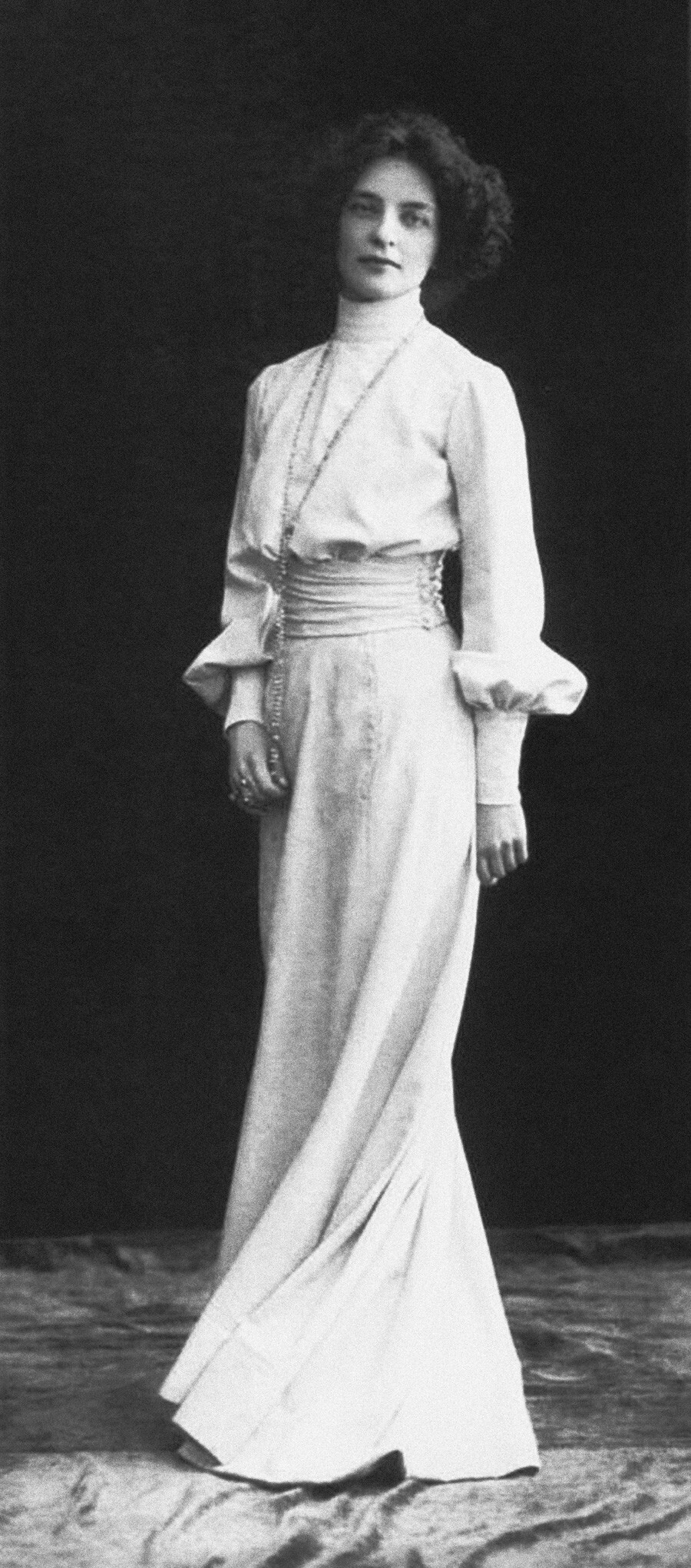


Guipius in the early 1910s. Getty Images
She also used to dress in men’s clothes and wear a lorgnette or single-glass monocle, to the horror of his contemporaries. Though unusual, cross-dressing was not unheard of in the early 20th century, but Guipius’s presence as dandy, a stylistically androgynous but essentially masculine figure, reveals the complexity of his self-constructed identity. The dandy, who became most famous in Europe thanks to Oscar Wildewas a typically decadent and self-conscious individual, interested in artifice and intense artistic sensations, who cultivated a distant and dismissive behavior.
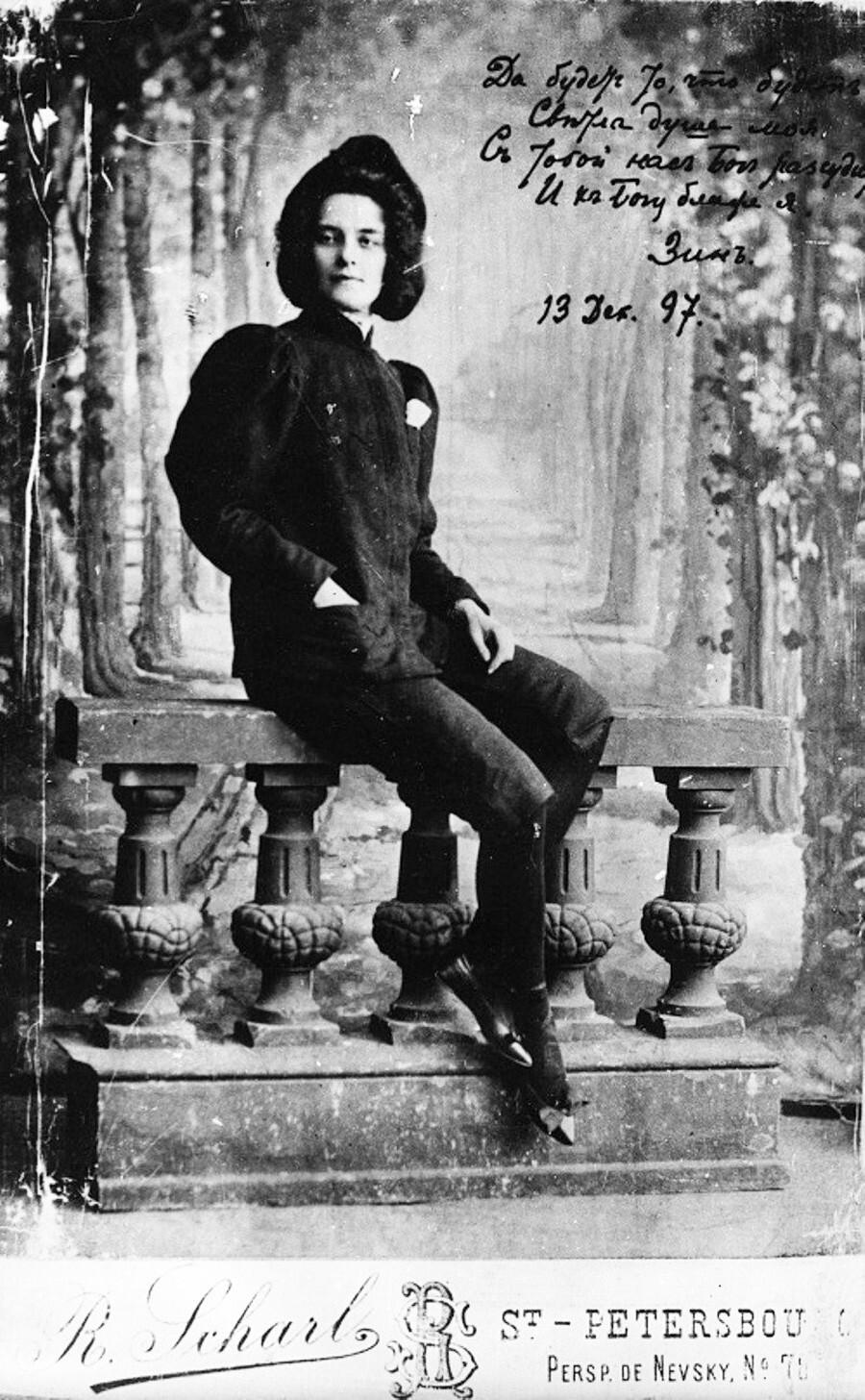


Guipius, December 13, 1897. Archive photo
A fiercely individual woman, Guipius was committed to protecting and cultivating Russian (as opposed to Soviet) culture, and she inspired and helped her contemporaries as much as she confused them. People had a hard time understanding that true radicalism, but her poetic prowess and her literary influence gave her the freedom to flout social norms so flagrantly. In his 1905 poem, Hex, cries: “Beat, heart, each heart beats in turn! / Get up, every soul without shackles”. More than a century later, this rallying cry continues to challenge us to embrace individuality and to recognize the freedom that defying the expected norms of society can bring.
For Savannah Whaley
Originally posted on December 23, 2022 on Russia Beyond.

